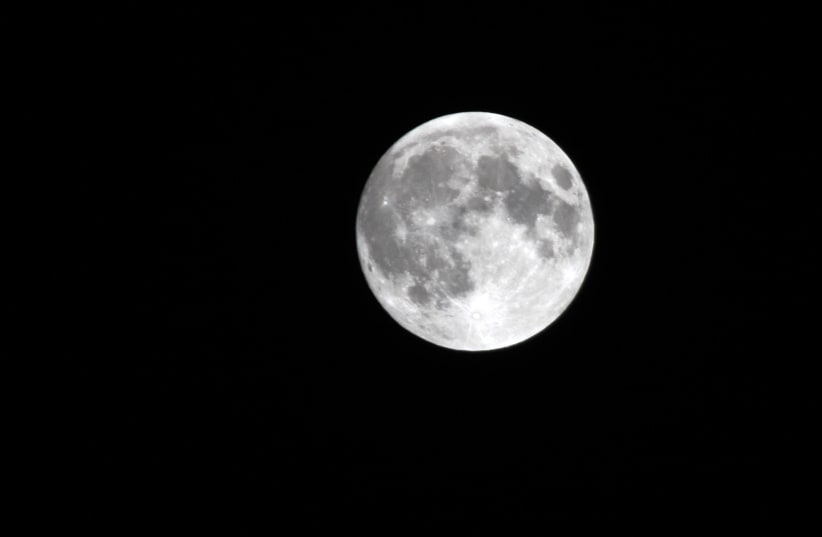"Our pioneering innovations will be used to build and deploy the first wireless network on the Moon, starting with #4G/LTE technologies and evolving to #5G," Bell Labs explained."The mission-critical LTE network we have developed has been specially designed to withstand the extreme temperature, radiation and vacuum conditions of space, as well as the sizable vibrational impact during launch and landing on the lunar surface. This fully integrated cellular network meets the stringent size, weight and power constraints of space payloads in the smallest possible form factor."Having cell service on the Moon could allow for communication between rovers, landers and astronauts, as explained by NASA's Space Technology Mission Directorate's associate administrator Jim Reuter, UPI reported."The system would also extend to spacecraft," Reuter said. "With NASA funding, Nokia will look at how terrestrial technology could be modified for the lunar environment to support reliable, high-rate communications.""The system could support lunar surface communications at greater distances, increased speeds and provide more reliability than current standards," NASA noted in its contract award announcement on its website.This is not the telecommunication firm's first attempt at going to the Moon. Back in 2018, Nokia planned a moon mission alongside British company Vodafone, where they would use a SpaceX-made rocket along with a lander and rovers made by Audi to examine the lunar roving vehicle left behind by the Apollo 17 astronauts in 1972 – though this plan never came to fruition, UPI reported.To the moon! We are excited to have been named by @NASA as a key partner to advance “Tipping Point” technologies for the moon, to help pave the way towards sustainable human presence on the lunar surface. So, what technology can you expect to see? (1/6) pic.twitter.com/wDNwloyHdP
— Bell Labs (@BellLabs) October 15, 2020
NASA grants Nokia $14 m. to set up 4G cell service on the Moon
"This fully integrated cellular network meets the stringent size, weight and power constraints of space payloads in the smallest possible form factor."

